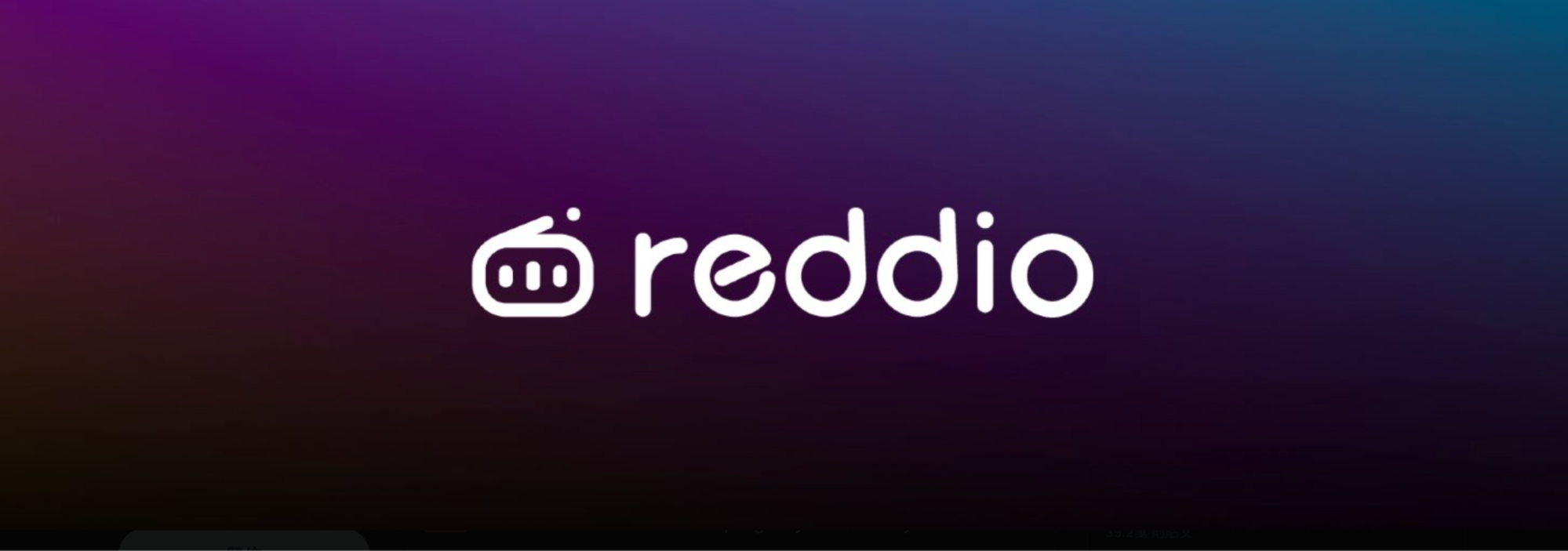Reddio: Technological Innovation and Application Prospects of a High-Performance Ethereum Layer 2
The technical architecture and features of Reddio

Reddio is based on Ethereum, utilizing zero-knowledge proofs and parallel EVM execution to achieve multi-execution context operations and GPU acceleration, significantly improving throughput and efficiency. Its EVM is fully compatible, allowing existing Ethereum dApps to be deployed directly without the need to rewrite code. The team-developed Yu Framework Modular Sequencer SDK supports L2, L3, and even BTC Layer 2, enabling developers to customize consensus and transaction verification processes to flexibly create dedicated application chains.
Application scenarios and ecological advantages
The high-performance features of Reddio are suitable for various high-frequency scenarios:
- DeFi: Supports high-frequency trading and cross-chain asset interaction, reducing Gas costs.
- GameFi: Large-scale instant interaction, solving the issues of lag and high fees in blockchain games.
- AI on-chain: Combining GPU computing to achieve on-chain machine learning and verifiable AI inference.
Parallel EVM and modular Sequencer provide flexible and efficient infrastructure for these applications, promoting the implementation of Web3 applications.
Token economy and $RDO functions
$RDO is the core token of the Reddio ecosystem and has the following uses:
- Pay transaction fees and participate in governance.
- Participate in consensus and block production through staking to earn node rewards.
- Incentive computing power and GPU node contribution
- Support ecological rewards, development subsidies, and DAO governance
The token distribution structure takes into account security rewards, ecosystem incentives, team contributions, strategic investments, and community promotion, ensuring the long-term stable development of the network.
Why choose Reddio?
Reddio not only pursues breakthroughs in performance but also emphasizes developer experience and ecosystem compatibility. Its modular design allows developers to get started without learning a new language, and validators and node providers can receive long-term stable incentives. For Web3 users, Reddio is an ideal Layer 2 platform for participating in high-speed DeFi, GameFi, and AI applications.
Conclusion
Reddio breaks the limitations of Ethereum in high-frequency applications with innovative technology and a flexible architecture, providing efficient and scalable solutions for the new generation of blockchain ecosystems. Whether you are a developer, a node operator, or a user, Reddio is a core protocol worthy of in-depth attention.